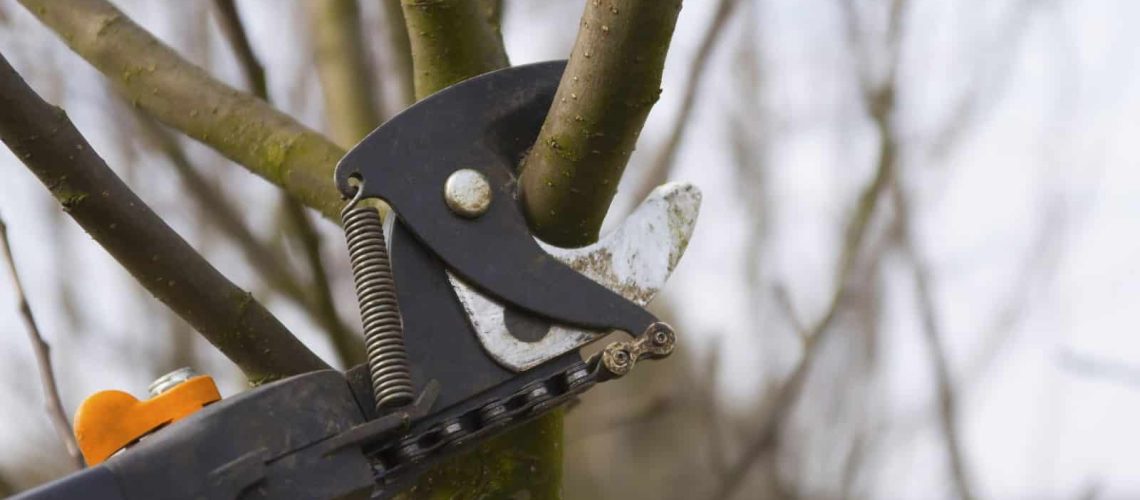The trees in Florida are an essential part of the landscape. They provide shade beauty and help capture pollution like carbon dioxide and nitrous oxide. Maintaining trees in Florida isn’t always easy, though, because of hurricanes, droughts, branch breakages, and other events that can happen on occasion. You can do some things to keep your trees alive and healthy.
Pruning
Tree pruning is a necessary part of caring for the tree. Pruning can make the tree healthier, help to increase the amount of light falling on it, and give your views a beautiful shape. Remember that you can’t prune trees if they are diseased or in danger of dying. A healthy tree is not a hollowed-out stick, but an established living structure with one-way energy flow from roots to branches to the trunk.
A healthy tree should have a lengthwise growth habit – the trunk extends to the ground at least 60 inches (150 cm) and probably more. But it’s best to prune early in spring before growth begins. Good timing depends on weather conditions, so always check with your local extension office for advice. Avoid pruning conifers during summer and early fall, which grow tall and thin to survive cold winters. In winter, pruning is less important because of the lack of light and exposure to wind.
The following steps pertain to pruning trees in Florida
Determine the kind of tree you are pruning. Identify its species, age, and size to determine what can or should be removed.
Shake the lower branches by hand to remove dead wood, small twigs, and leaves from the bottom of the tree. Remove any branches blocking sunlight from reaching other branches on the same tree or other nearby trees.
Remove damaged branches that could damage a house or other trees if they fall in a storm or high winds.
Remove small, diseased, or broken branches interfering with the growth of healthy trees nearby. Remove dead branches to improve air circulation around the tree.
Cut small branches back and to the outside of a tree to reduce wind damage, the potential for firewood, and damage from insects, disease, and disease-carrying insects. While doing this work, avoid cutting into a healthy trunk because that could lead to future problems such as rot or dead trees falling on houses or people in a storm.
Cut large branches back, cutting just outside the branch collar. The branch collar is about two inches out from the main trunk of a tree, where limbs attach to it.
Remove any diseased or damaged wood from trunks or stumps with a chain saw, hatchet, or pruning shears because they can attract insects and diseases that could damage other trees nearby.
Prune to develop an open canopy (leaves on the canopy are more than 1/2 inch apart).
Mulching
Mulching trees is the best way to protect your trees from cold, drought, and wind. Mulch acts like a blanket for the tree roots and helps prevent surface soil from drying out in summer, a problem that can occur if your lawn gets too dry and shrubs grow into trees.
Always rake leaves into piles away from plantings so that nutrients won’t drain into your yard or garden. Do not mulch around any trees with exposed roots. Keep the mulch at least 6 inches (15 centimeters) away from the trunk to ensure there’s enough room for the tree roots.
Avoid piling branches on top of other branches that could cause damage. A good rule of thumb is roughly 1 inch (2.5 centimeters) around the trunk and 3 inches (7.5 centimeters) above it, as well as a layer of half-inch to 1-inch (1.25 to 2.5 cm).
Always water trees in dry weather to encourage roots to grow downward and strengthen the trunk. Avoid watering every day, especially during the hottest part of the day, from 11 a.m. to 3 p.m.
Raking Leaves
Once in a while, you can rake up all of your leaves in the yard and compost them. This will help keep the soil around your trees healthy since you won’t have too many leaves cluttering it. Raking also helps the mulch settle, so you can keep it in one place if you use a lot of mulch. This will help to keep the soil from draining too quickly.
The best way to make sure your trees thrive is through periodic tree care visits from an expert arborist. Many agencies and companies throughout the state offer tree care services, but it’s still best to stick with a reputable firm. They will give you some advice on which types of trees are better for your area and tell you how to help them flourish and grow healthy.
In conclusion, tree maintenance is crucial because it can help you keep your trees healthy and strong. Make sure to do some of these things to help your trees live and thrive in Florida. Keeping them adequately pruned will help them grow more extensive and more robust. Be sure to water them and keep the soil loose so the roots can grow properly.

